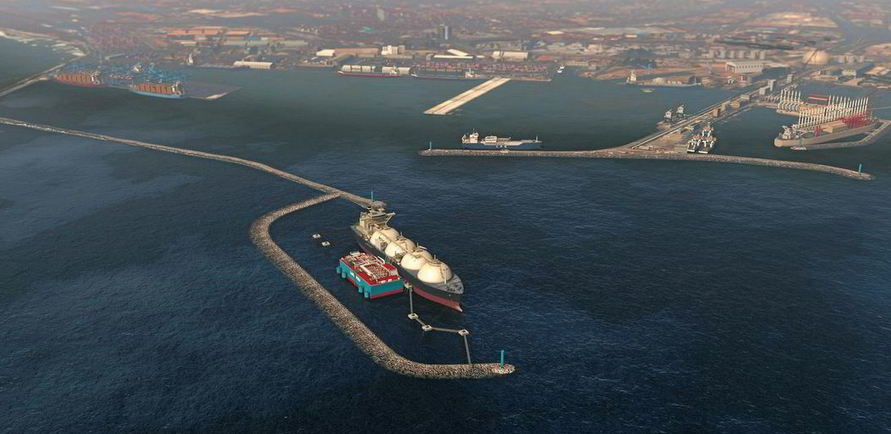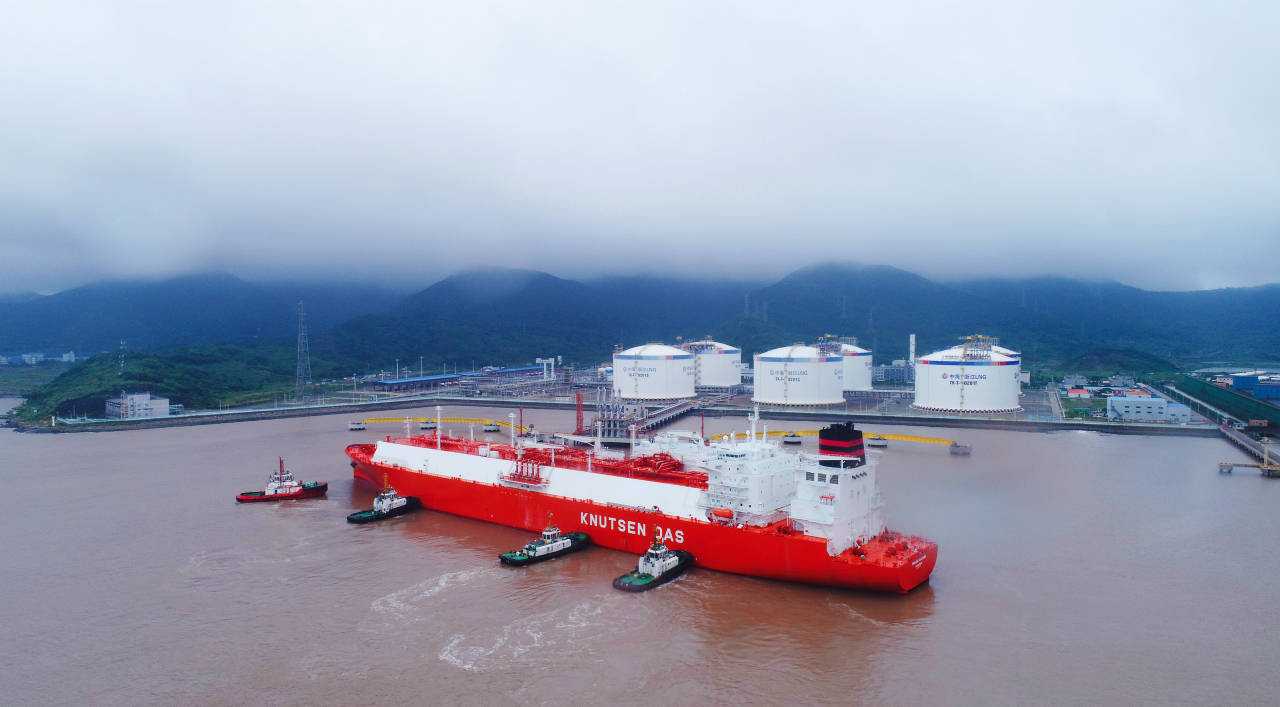What is a Floating Storage Unit (FSU)?
FSUs are similar to FSRUs, except FSU vessels do not contain regasification capabilities. Instead, the FSU will feed its LNG into an offshore regasification module.
Abbreviation for Floating Storage Unit. An FSU receives LNG at about -160°C and stores it offshore. Unlike a Floating Storage and Regasification Unit (FSRU), it has no regasification function. An FSU can be combined with an onshore regasification facility or with a Floating Regasification Unit (FRU).

What is regasification of LNG?
When LNG is in its liquid form, its volume decreases by 600 times compared to when it is a gas. As such, it is more efficient to transport LNG as a liquid, particularly over large distances. Yet for LNG to be used as a fuel (for power generation, heating, cooking etc), it needs to be in its gaseous form. The process of converting LNG from a liquid to a gas is called regasification.
Regasification is usually done as the LNG is discharged from the vessel it’s being transported on. It can take place in three different ways:
- Indirect heating
Steam, hot water, or another external heat source, is used to warm up what is called a ‘heat transfer fluid’ (usually sea water). This fluid is then run through heat exchangers, causing the LNG to heat up and vaporise (i.e. turn into a gas). - Open-rack vaporisers (ORVs)Liquid LNG is flowed through a network of pipes that are exposed to the surrounding air. The warm aim is forced through the pipes using fans causing the LNG to absorb heat and vaporise.
- Shell-and-tube vaporisers
Warm water or steam travels inside a series of tubes while LNG is circulated on the outside of the tubes. As the liquid LNG passes over the tubes, it absorbs the heat, causing it to turn from a liquid to a gas.
How does LNG regasification work?
There are seven main stages to the LNG regasification process:
1. Storage during transportation
LNG is kept in special insulated tanks that are capable of maintaining very cold temperatures around -160°C (-260°F).
2. Transfer
Specialised vessels are used to transport LNG from where it is made at production sites to regasification facilities where it is turned back into gas.
3. Unloading
Once the LNG carrier arrives at the regasification terminal, it is moored. The LNG is then moved from the ship’s tanks to storage tanks at the facility, in a process called unloading.
4. LNG storage
LNG is kept in large atmospheric or pressurised storage tanks, located at the regasification facility. These tanks are specially designed to keep the LNG very cold so that it stays in its liquid form.
5. Heating
The LNG needs to be heated in order to convert it back into its gaseous state. This can be done in several different ways (i.e. indirect heating, open-rack vaporisers, or shell-and-tube vaporisers as discussed above).
6. Pressure regulation
After the LNG has turned back into a gas, its pressure needs to be adjusted to the right level for sending it through the distribution pipelines. This is done using special pressure control valves.
7. Distribution
Once the LNG has been regasified (i.e. is in its gaseous form), it’s sent through pipelines to places where it is needed by end consumers, such as power plants, factories, and homes. It can also be loaded onto trucks to take it to areas that don’t have pipelines.

Under this background of rising demands for LNG, HOHN Group technical team tooks several years and developed subsea flexible hoses meeting EN 1474:2 2020 which connect the FSU and onshore terminal.
For more details pls click the contact page.


